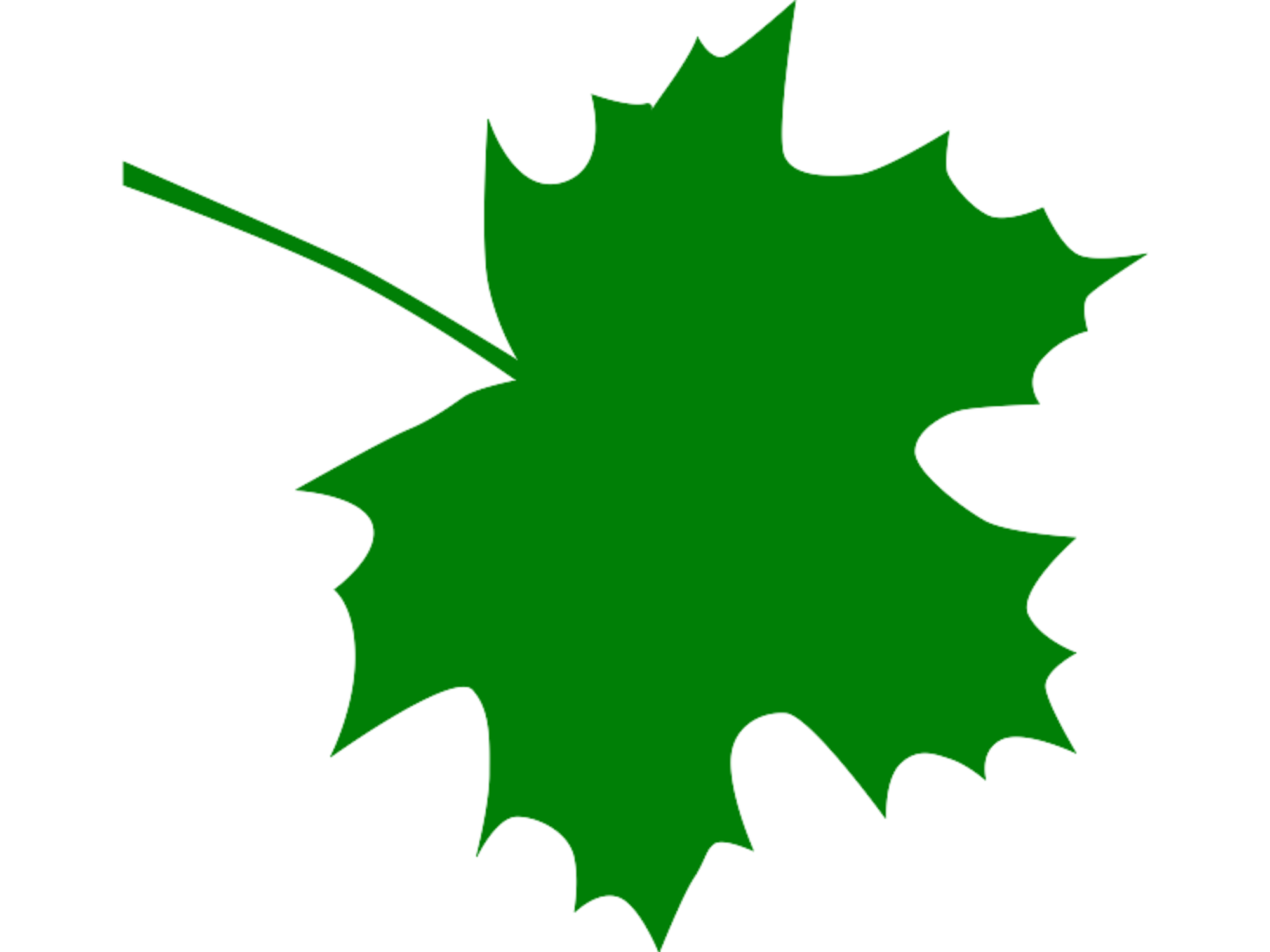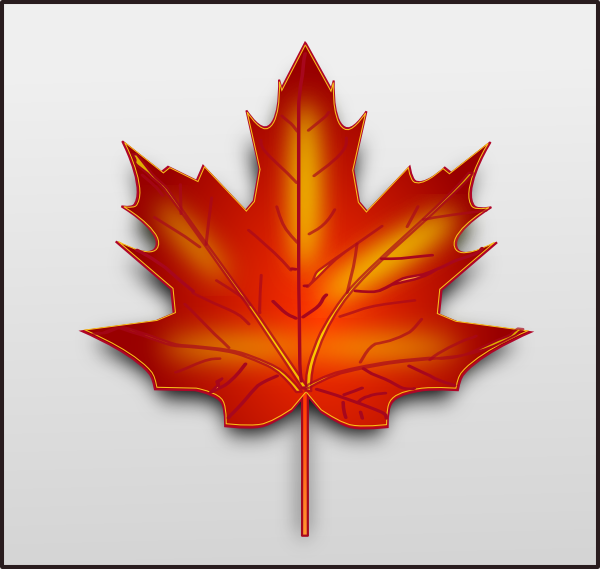

Red maple–or swamp maple– can tolerate having wet roots, so if you know a given tree is a maple because of opposite branching, and if it is growing in or near water or a wet area, it is a red maple. As Chuck Wosster writes in Northern Woodlands magazine, “telling red maple from sugar maple can vex even seasoned botanists on occasion.” That said, there are a number of keys that help distinguish the two maples It is not easy to tell red maple from sugar maple. If you see at least one pair of opposite branches, it is either a maple or an ash. It is one of the dominant species in mixed hardwood forests, so generally if you find one tree, you will find many throughout the forest, unlike red maple, it does not tolerate wet roots, so it will not be found in swampy or boggy areas.

Thus, it can start life even when over-shadowed by more mature trees. It is also tolerant of shade, meaning it does not need direct sunlight to grow. It has adapted to a variety of soil types, so it is not limited to specific conditions. Sugar maple can be found throughout the Northeast.
#Free images sugar maple leaf full
In March, a popular dessert at church suppers in New England is “sugar-on-snow,” made by boiling sap and then pouring it on a bowl full of hard-packed snow. An area of many maple trees being tapped for sap is called a “sugarbush.” The sap is then transported to the sugarhouse where it is boiled down to make maple syrup and other maple-flavored products. With the trees in close proximity, it is easy to tap them for their sap. Some areas of the Northeastern forest are primarily composed of sugar maples. This means that many large mature trees populate our region. Its average life span is 300 years, and it can live up to 500 years. Sugar maple is the second most common tree in the Northeast. John Burroughs, Under the Maples Sugar Maple Tree Identification

I always feel at home where the sugar maple grows… glorious in autumn, a fountain of coolness in the summer, sugar in its veins, gold in its foilage, warmth in its fibers, and health in it the year round. Red maple is also known as swamp maple because it can thrive in wet areas, while sugar maple cannot tolerate these conditions. If you see opposite branching on a tree and it is growing in a swamp, lowland, or right next to water, then you know it is a red maple.

The fruit, winged key seeds called double samaras, develops early in the spring. Maples often have small flowers that are not very showy and form in droopy clusters. The boxelder is the exception, featuring multiple, compound leaves radiating from the leafstalk. The leafstalks are long, often as long as the leaf itself. The leaves are simple and palmate-shaped on most species, with three or five main veins radiating from the leafstalk. Here, we identify these top five maples and provide general tips for recognizing maple trees in the forest.ĭespite the many different types of maples, these trees have some common features.įor example, maples have mostly grey-colored bark, and the deciduous leaves are often always arranged on stems opposite each other. That's because the seven less common species are found regionally, whereas the five most common ones are more widespread. However, five of those maple species are vastly more common to spot on your nature walk. There are approximately 125 species worldwide and 12 maples native to North America. The word Acer is derived from a Latin word meaning "sharp," and the name refers to the characteristic points on the leaf lobes. Maple trees are classified in a family of their own, the Aceraceae.


 0 kommentar(er)
0 kommentar(er)
